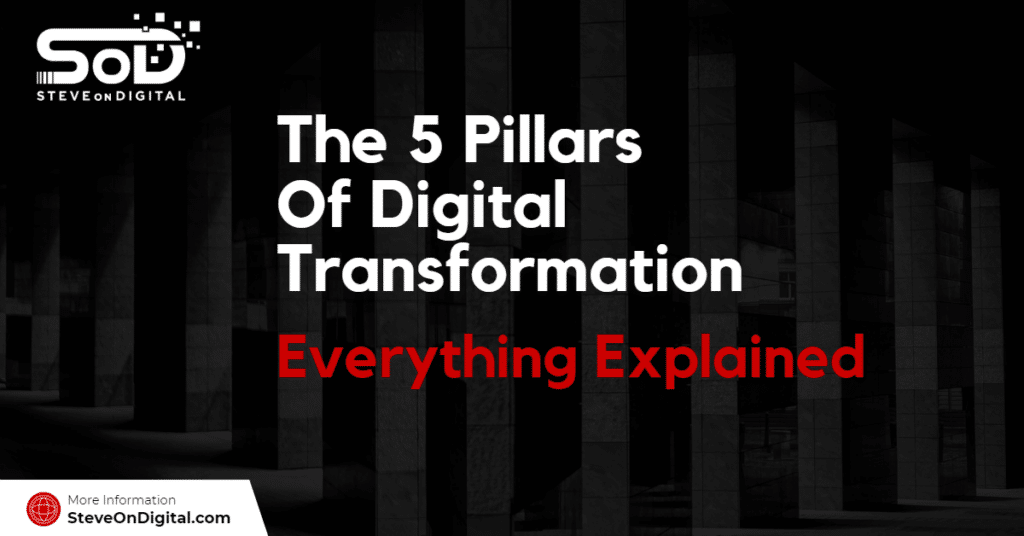The 5 Pillars Of Digital Transformation | Everything Explained
The 5 pillars of digital transformation are digital mindset, digital strategy, customer experience, data-driven decision-making, and digital technologies. These core, five key elements will guide…

